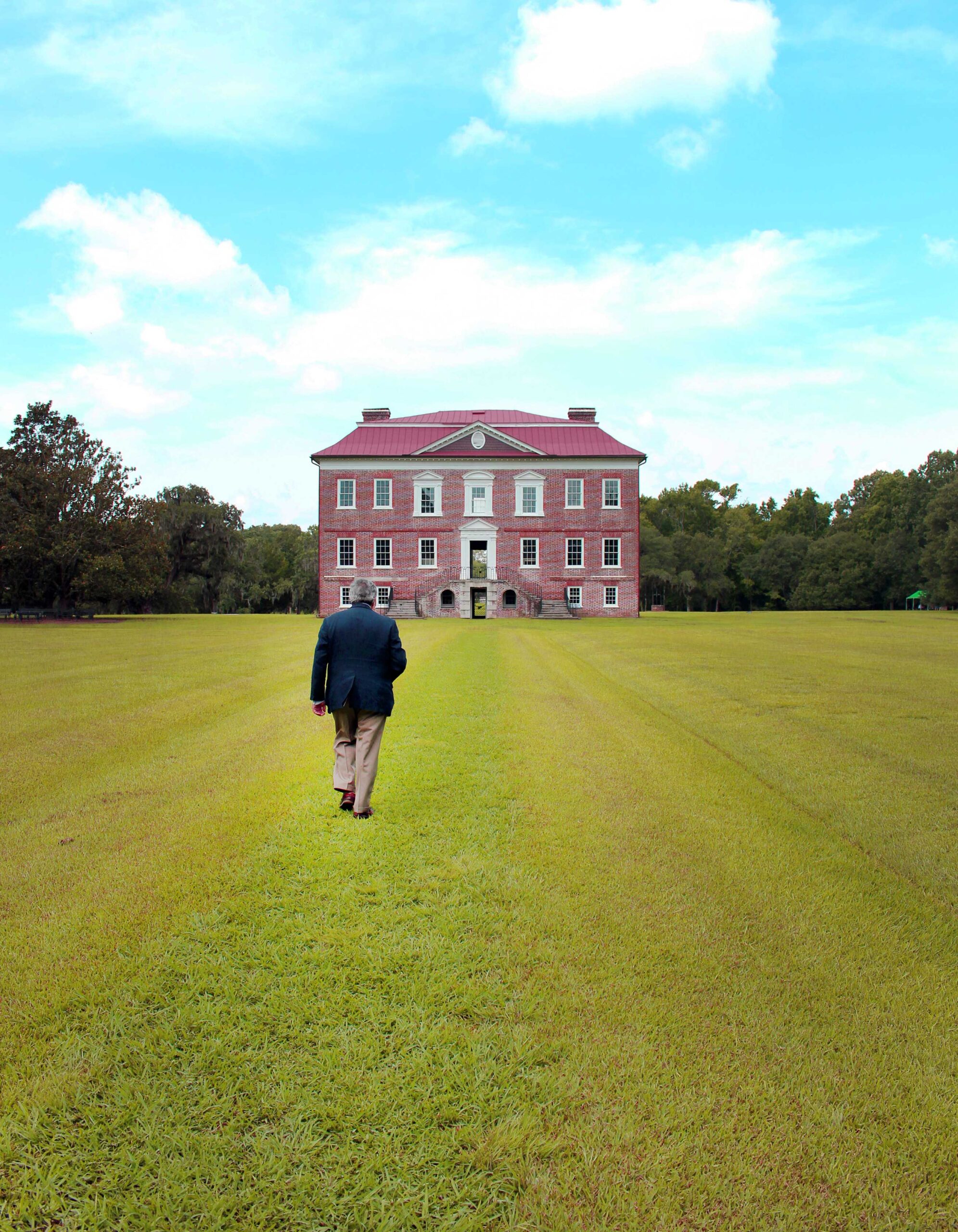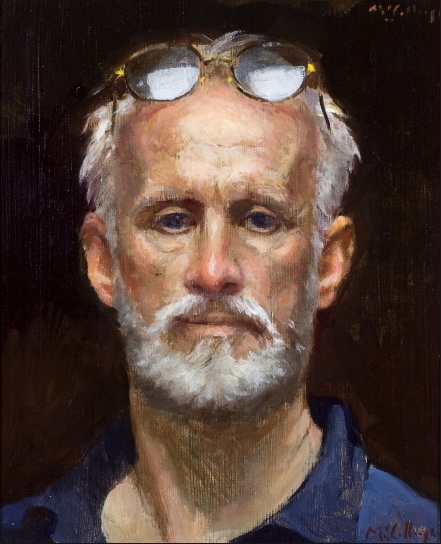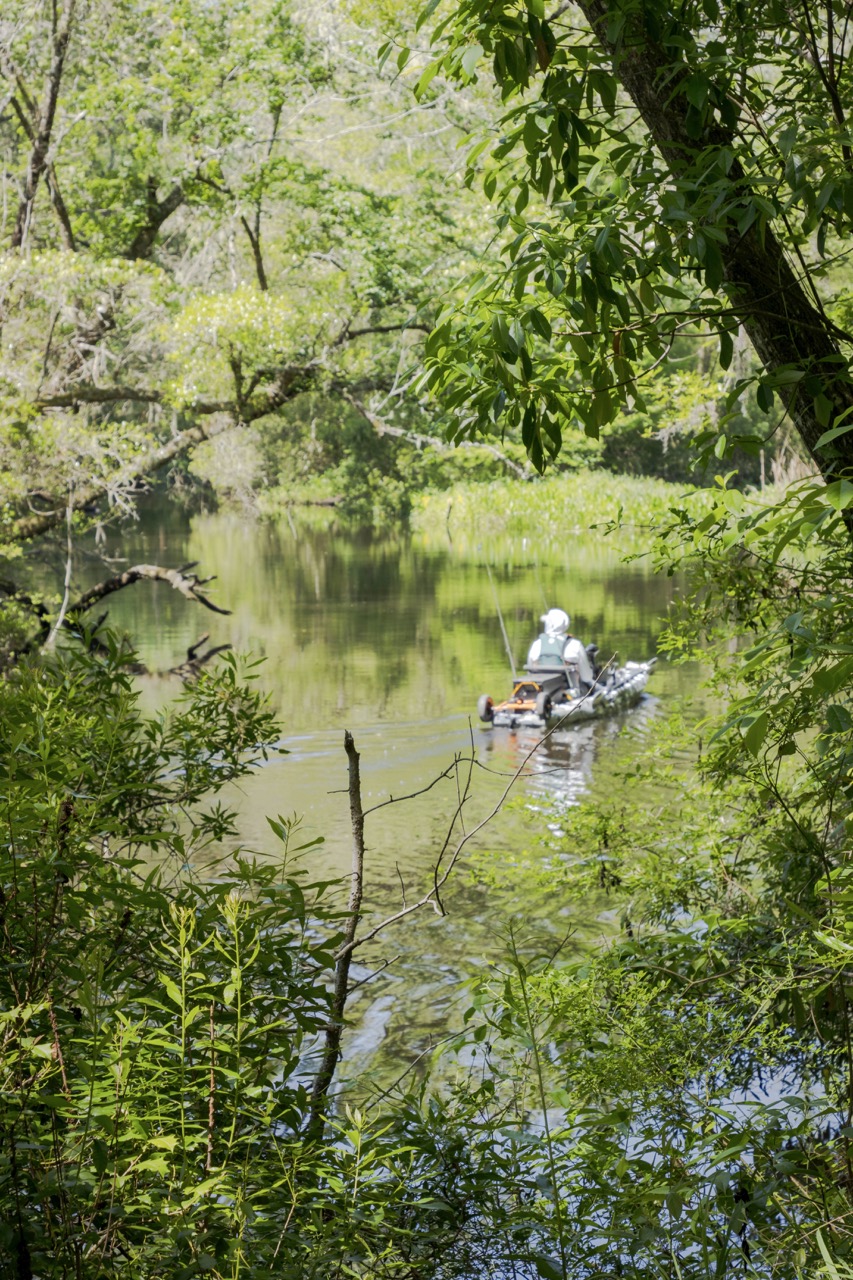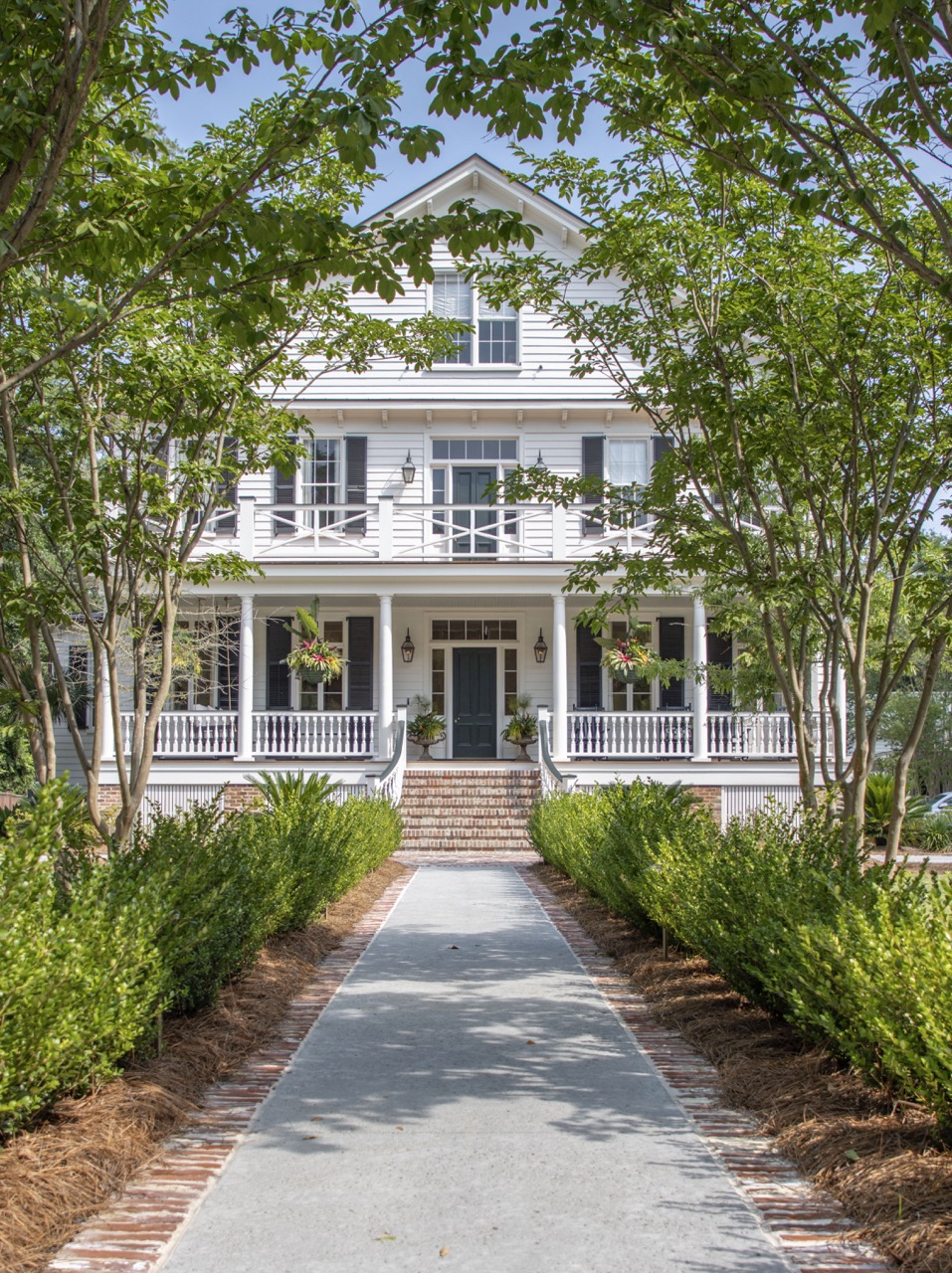Summerville, SC historian, author, and retired Executive Director, George McDaniel, offers a unique perspective on Drayton Hall, the place, the people, and the stories they share.
By Eliza Chapman Bailey
Photographs by J.Lachenman, Drayton Hall, Tony Sweet
Storytelling is a dance, an ebb and flow of ideas, concepts, and perspectives. They entertain, evoke emotions, teach lessons, and create cultural cohesiveness through shared dialogue. From a young age, we are taught the essential elements of a story: plot, setting, characters, point of view, and conflict.
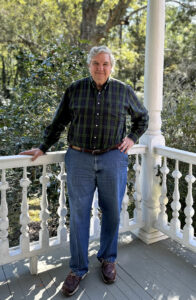
We learn that the plot revolves around the main characters, shedding light on their traits and motivations. Retired Executive Director of Drayton Hall plantation, George McDaniel, challenges this format to present a new perspective on historical interpretation in his nonfiction book, Drayton Hall Stories: A Place and Its People. His book weaves the everyday experience of Drayton Hall through the eyes of all the players: the Drayton family, descendants of formerly enslaved, preservationists, donors, and educators in a question-and-answer format.
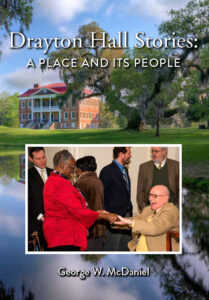
Using oral histories and memory maps, the stakeholders candidly divulge their points of view on the site’s architectural, historical, and cultural significance. His “both/and” approach to history versus a one-sided “either/or” philosophy incorporates a chronicle of perspectives. It creates a space for inclusive understanding and empathetic conversation to reconcile Drayton Hall’s past in order to sustain its future.
Built by John Drayton in the early eighteenth century, Drayton Hall overlooks the Ashley River. The spacious two-story, four-room house is an archetype of English country manor design exported to the American Colonies. Vertically proportioned and constructed on a high English basement, it adheres to the principles of Palladian architecture. Designated as a National Landmark, Drayton Hall is recognized as the first fully executed classically styled Palladian building in America. It was the seat of a plantation dynasty with over 600 acres on both sides of the Ashley River. According to McDaniel’s book, “John Drayton owned hundreds, if not thousands, of enslaved workers, as well as some 76,000 acres along the Carolina coast and south of Savannah.” Drayton Hall remained in the Drayton family for over two hundred years. In 1974, the family sold the property to the National Historic Trust.
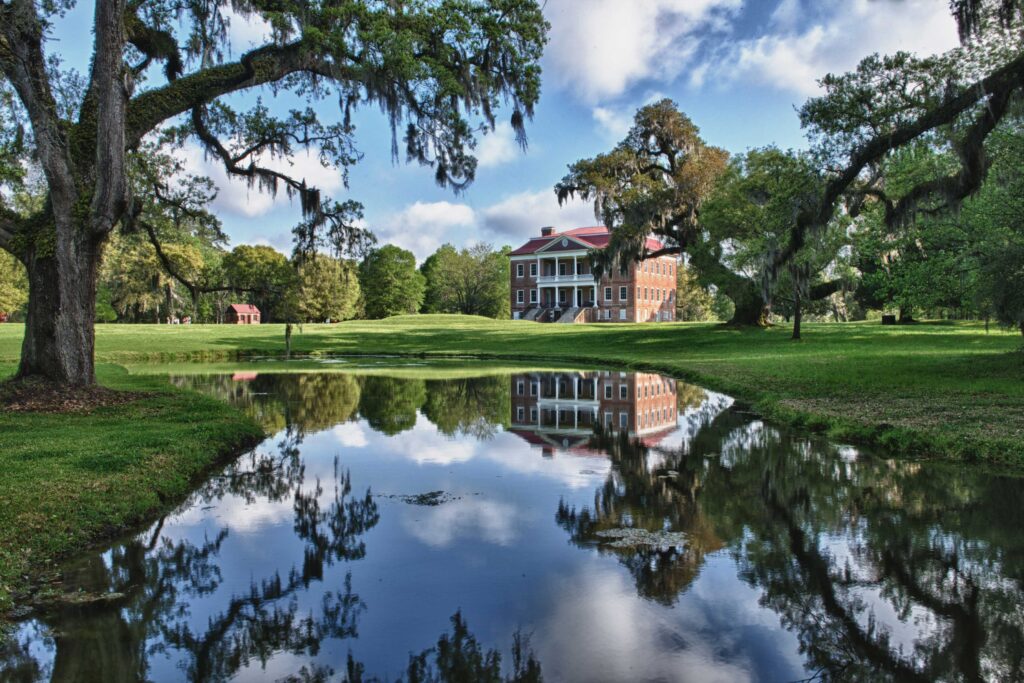
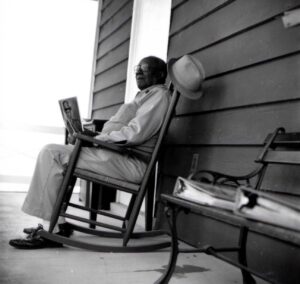
Stories about the Drayton family’s role in the American Revolution, the Civil War, and the 20th-century phosphate mine operation business abound. However, the parallel plight of the enslaved, whose work not only took care of the Drayton’s personal needs and property but planted the fields and tended the crops responsible for their wealth and status, is not. Little is known about the lives of the freed slave families who remained at Drayton Hall after the Civil War or their forefathers.
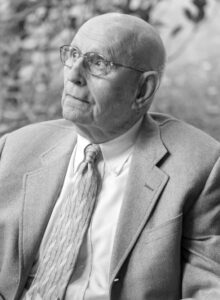
During his 20-plus year tenure at Drayton Hall, McDaniel gathered information on the life experiences of “both the mainstream and marginalized.” His work shed light on the location of Drayton Hall’s post-Civil War freedmen community. Using transcribed videos and documents, recorded oral histories, and memory maps to uncover where the families worked, fished, hunted, farmed, and attended church. This knowledge allowed Drayton Hall to preserve the struggles and triumphs of all who called Drayton Hall home in their exhibits and planned archeological digs, to interpret its history as a whole.
McDaniel is quick to point out that his methods are not site-specific. They can be replicated on various levels. All that is needed is a place, its people, shared experiences, and all-encompassing perspectives to preserve a community’s historical narrative. His road map is designed to resolve marginalization conflicts and create historical preservation continuity within a community.
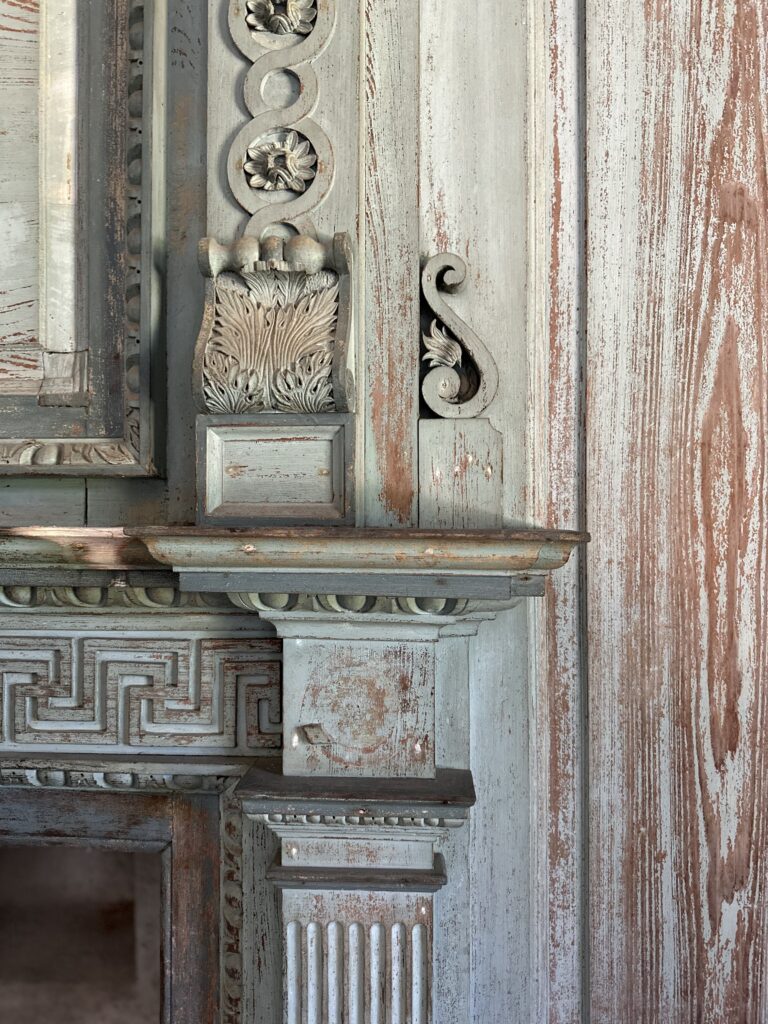
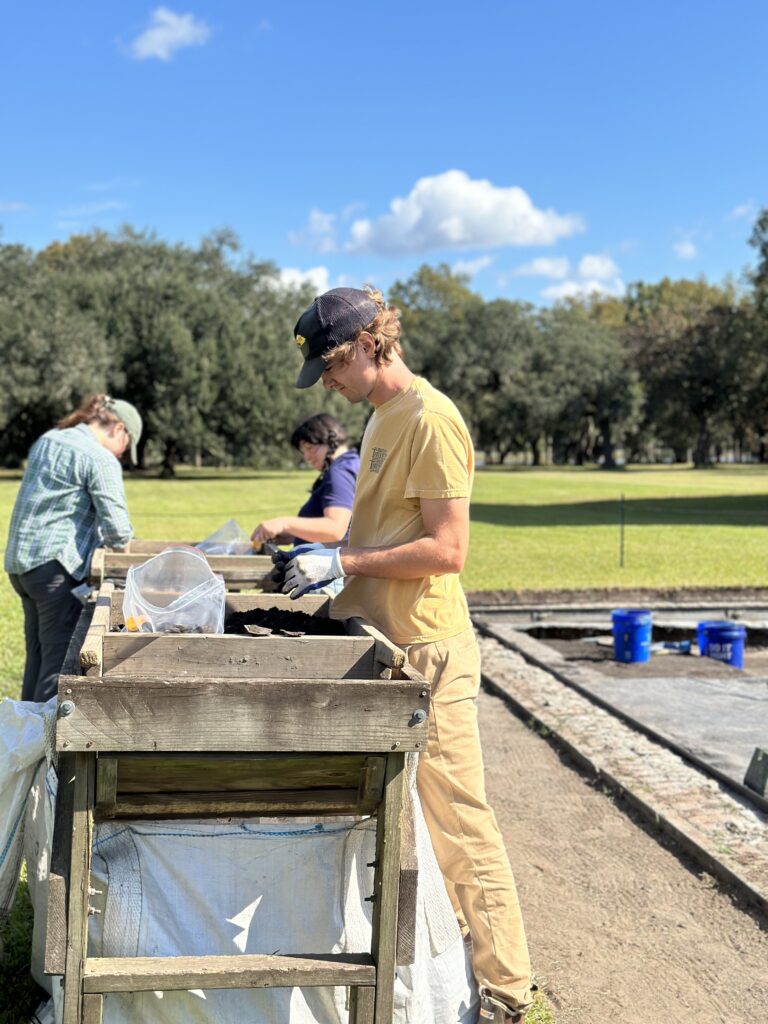
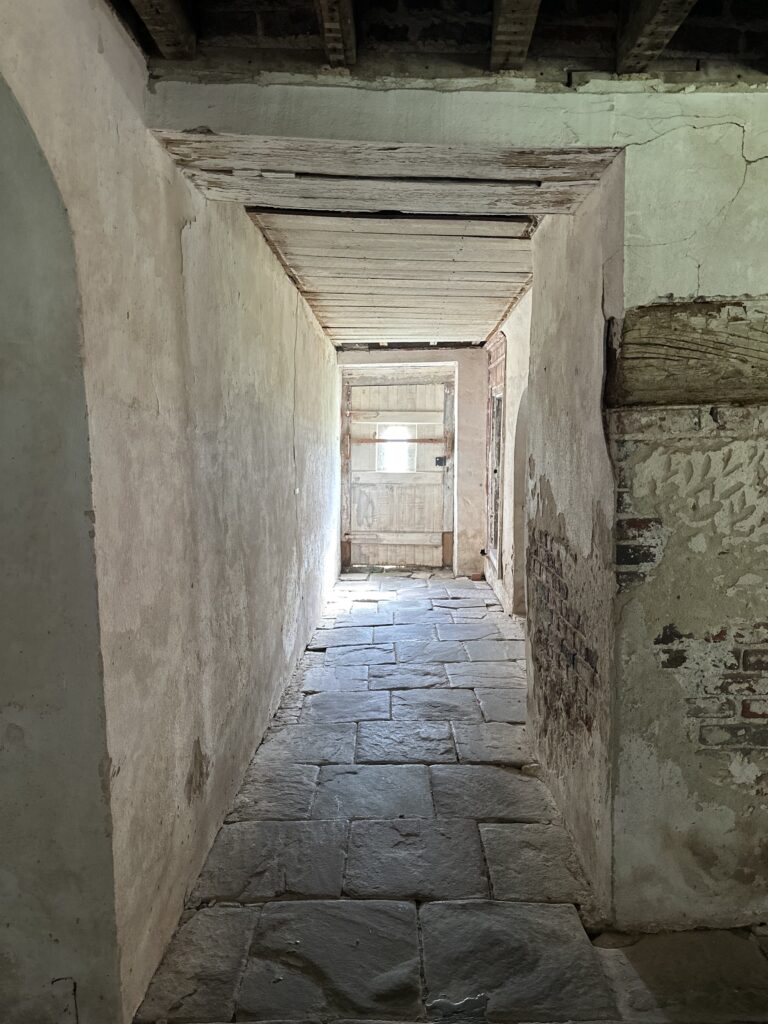
McDaniel reminds us that actual history is a compilation of individual stories that give life to the landscape, buildings, documents, and artifacts left behind. He reiterates, “Like pieces of a mosaic, each perspective is different – intentionally so – but together, they give us a more complete picture of the whole.” Standing in isolation, they are gems. But when viewed collectively, a breathtaking masterpiece that enhances our human existence – illuminating who we are as members of a family, community, region, and nation. Thanks in part to McDaniel’s vision, Drayton Hall’s inclusive approach to preservation aids in a collective understanding and healing. It is more than its impressive structure and grounds; it is a steward of stories. AM
About George W. McDaniel
George W. McDaniel, PhD, is the author of the book, Drayton Hall Stories: A Place and It’s People and President of McDaniel Consulting, LLC, a strategy firm that helps organizations build bridges to its broader constituents. For more than 25 years, he served as the Executive Director of Drayton Hall. A native of Atlanta, he earned a BA from Sewanee, a MAT from Brown University, and PhD from Duke. Interspersed through those years were travels to many places — Europe, Africa, Vietnam — where he saw peace and war and learned by experience about cultural differences and commonalities. Beginning with the Smithsonian Institution, he has built a career in education and history museums, earning awards at local, state, and national levels.

